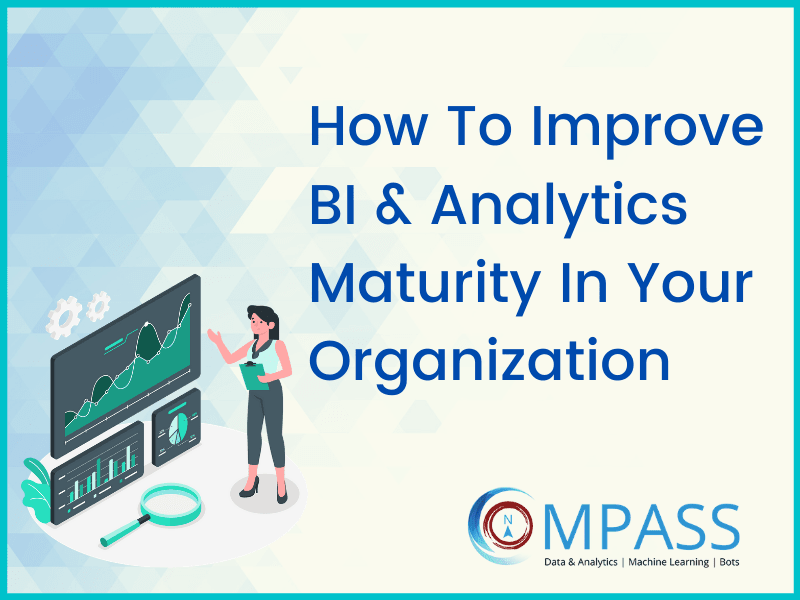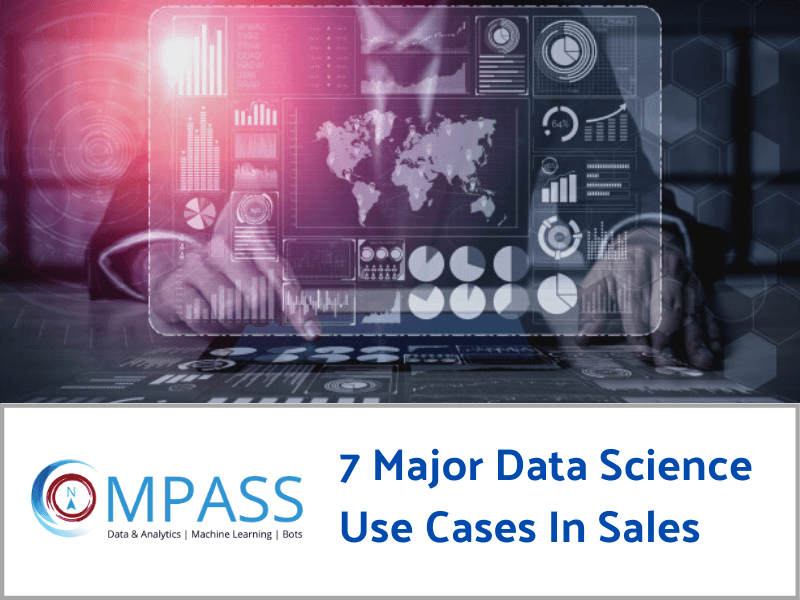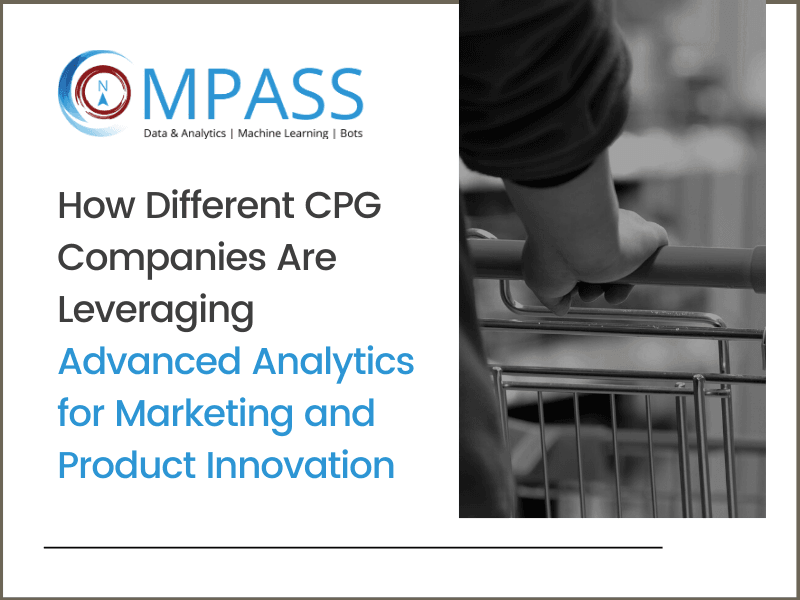According to a survey by Gartner, more than 87% of organizations are classified as having low Business Intelligence (BI) and Analytics maturity. This becomes a great impediment for organizations looking to improve the value of their data assets and exploit analytics. Spreadsheet-based analyses, personal data extracts, lack of leadership and central guidance are characteristics of organizations with low BI and Analytics capabilities. They also have individual business units with distinct data and analytics initiatives pursued as stand-alone projects.
Poor data quality, inconsistent processes and poor coordination across the enterprise is rampant in the early stages of data and analytics maturity and organizations often do not have the ability to exploit advanced analytics. Organizations should therefore implement the right tools, effectively train their employees and ensure concerted support by the management to garner the benefits of BI and Analytics. Improving BI & Analytics Maturity is a multi-factor problem that pervades technical infrastructure, employee skill levels, strategy, organizational culture and ability to use existing data. This article elaborates on various strategies to augment your organisation’s BI & Analytics maturity.
5 Tips To Improve BI & Analytics Maturity
1. Establishing data governance
A robust data governance model, which is necessary for analytics to be effective and unified, is absent in most organizations with low BI and Analytics maturity. Organizations need to have rules and regulations for analytics projects and data leaders should be able to monitor these regulations to ensure robust functioning of analytics and prevent loss of funds and resources over unnecessary projects. Data Governance can strengthen business objectives and enable the organization to seize opportunities while mitigating risks in the digital environment.
2. Modern analytics platforms
Organizations should employ enterprise tools that can integrate data typically stored across multiple databases such as Salesforce, Oracle, Microsoft Access or even spreadsheets. Access to a centralized repository of data and reports allows organizations to gain quicker ground in their analytics initiatives. Integrated analytics platforms should show data from multiple points of view and provide scope for future enhancements when the organization makes the leap into data science. Data and analytics leaders should consider extending their current integrated analytics platforms to accommodate modern analytics technologies to improve analytics maturity.
3. Strategy
A strong vision with a motto of enhancing the business value that data and analytics can bring is central to a data and analytics strategy. IT and business leaders should concurrently develop a holistic BI strategy with a roadmap that defines achievable goals, milestones and performance measurements and monitoring. A robust strategy should allocate resources on projects that show potential to create value through business intelligence software and establish agile practices in BI as well. It should also focus on capitalizing the low-hanging fruits to get quick returns, build competency and gradually extend the scope of the strategy to enhance the overall BI and analytics maturity. While quick and short-term returns do fuel improvements, it shouldn’t become the prime focus of the organization’s strategy and these returns should be aligned with long-term goals.
4. Flexible organizational structure and employee training
Enterprises must be able to anticipate needs, have competent people with the right skills and establish clear methodologies to train employees to foster improvement and develop capabilities. Organizations need to ensure proper skills, roles and management either exist or are developed in their pursuit to improve BI and analytics maturity.
Data and analytics leaders in organizations with low BI and analytics maturity should strive to have a flexible working model that facilitates democratic access to technologies and platforms. This allows for skills and strategies to be shared throughout the team and ensures that all business units work in tandem with their analytics projects.
5. Collaboration
Organizations with a low BI and analytics maturity tend to have a fragmented analytics structure — discrete and misaligned analytics projects and poor coordination between departments. Fragmented projects negatively impact efficiency of the business and lead to loss of time, money, resources and isolation of data in different areas.
Organizations need to develop a comprehensive, all-encompassing system of analytics with unified strategy for problem-solving and communication to raise organization’s BI and analytics maturity. Insights will be more resourceful and processes will be efficient as a result of reduced fragmentation of analytics projects. A successful collaboration within an organization entails adopting singular analytics strategy and goal across departments, using the same platforms to exchange data, and at the same time allowing individual projects to focus on their deliverables.
Conclusion
Business will be at a better position to understand customer experience and better equipped to leverage big data with better BI and analytics maturity. The outcome of improving BI and analytics maturity that organizations pursue is enhanced big data analysis that results in actionable insights, improved forecasts and a better understanding of competitors. Early adopters of advanced analytics will gain a competitive edge in their industry and moving the ladders of maturity will become increasingly imperative.
Organizations will be quick to lose business opportunities on failing to incorporate a well-rounded strategy to improve BI and analytics maturity into their existing plan. Finally, AI and machine learning will be pivotal to achieve maturity in BI and analytics. Artificial Intelligence and machine learning can rapidly analyze massive amounts of data, learn from historical predictions and produce results with greater accuracy.
If you’d like to learn more about this topic, please feel free to get in touch with one of our BI and analytics consultants for a personalized consultation.



